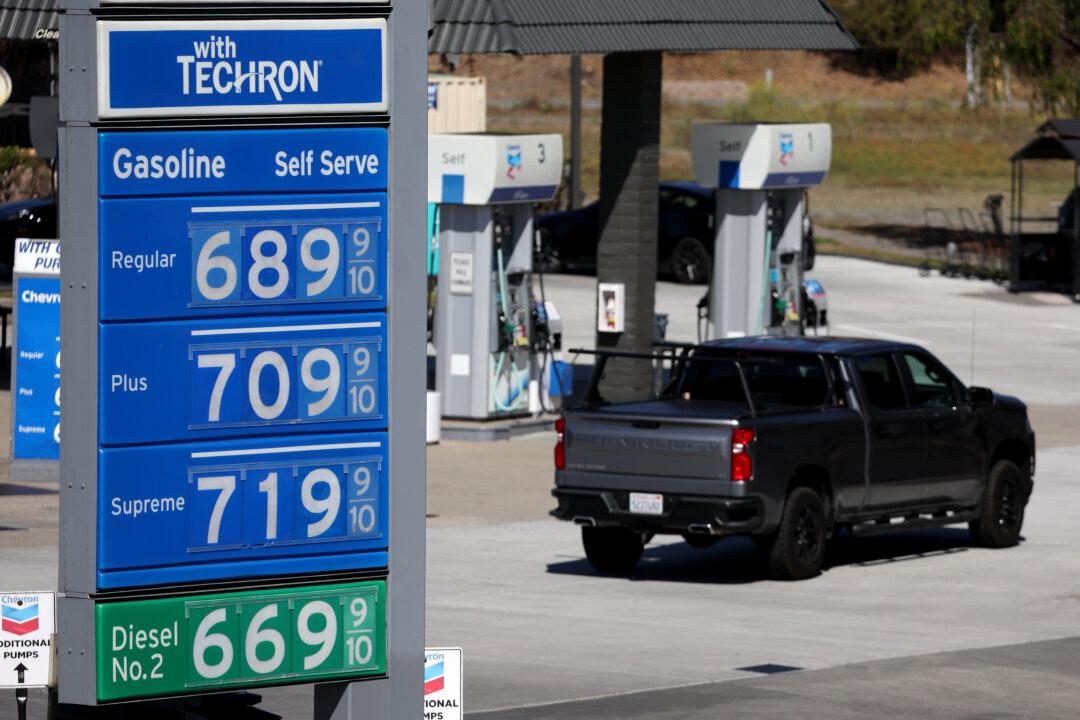Gas prices again are on the rise in the United States after months of volatility, and are expected to increase further over the next few weeks as “ugly” inflation returns, industry experts have said.
Patrick De Haan, senior energy analyst at Gas Buddy, noted in a statement on Twitter late Sunday that gas prices are up $0.133 a gallon from a week ago, to $3.92. Diesel prices have also surged over $5, De Haan said, up $0.18 a gallon, to $5.05.





